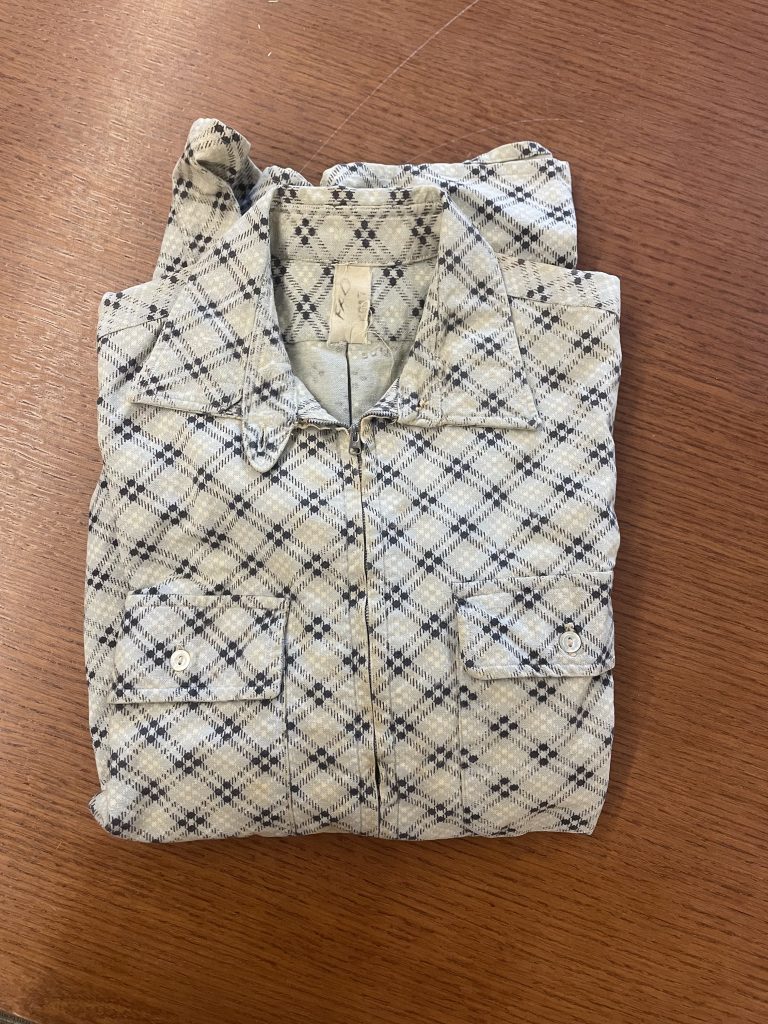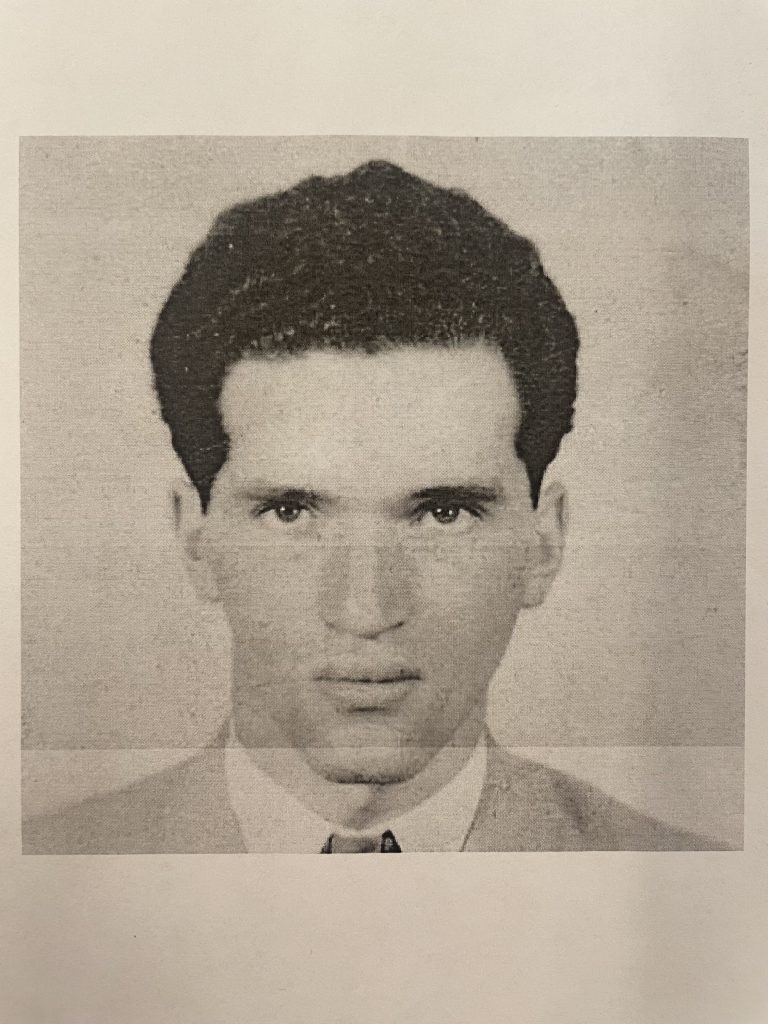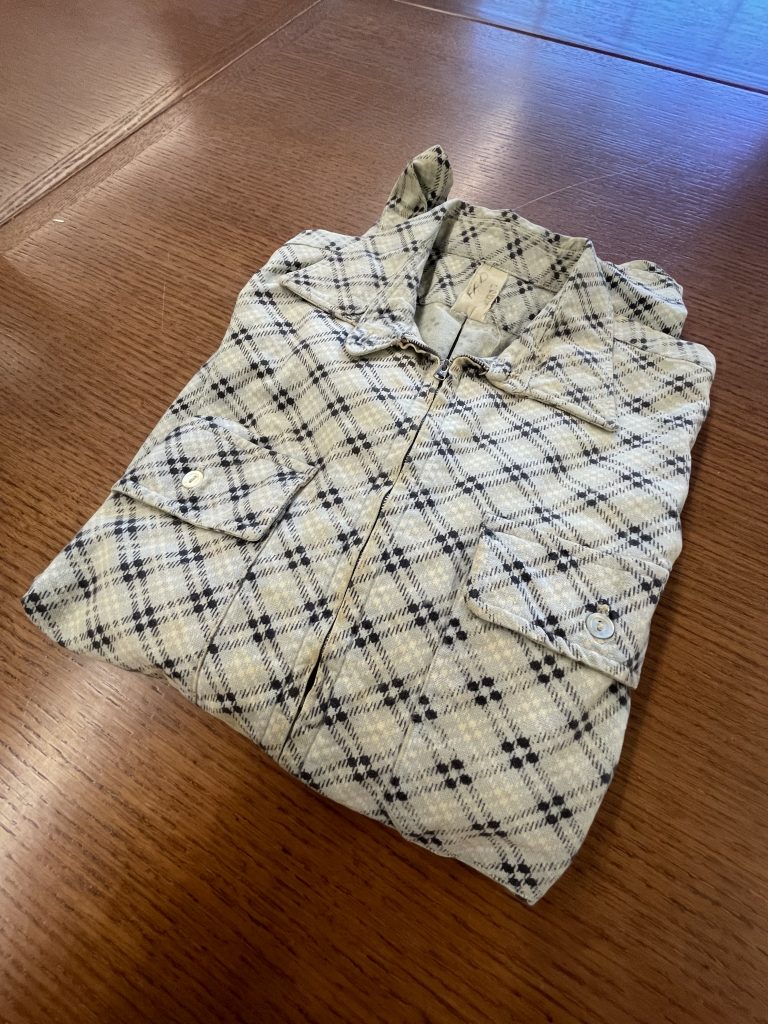


Charles Fodor is a Minnesota Holocaust survivor, one of the survivors whose arrival to the Twin Cities came over a decade after the end of the war. While many of the Holocaust survivors that immigrated to Minnesota did so in the immediate aftermath of the Holocaust, it was not uncommon for survivors to attempt to return to their prewar homes or, in the case of Charles Fodor, remain in their homes after they were liberated.
Born Fodor Karoly Sandor in 1936, Charles was interned with his family in the Budapest ghetto during the German occupation of Hungary which began in 1944. Like other survivors whose stories are told through the Upper Midwest Jewish Archives (UMJA) collections, Charles’ time under direct Nazi occupation was relatively short, ending in January 1945 when Soviet forces liberated Budapest. Despite this, Charles’ mother was abducted while the family was in the ghetto: she was taken away by the Nazis to perform labor, but never returned. Charles and his father were able to survive.
After liberation, Hungary was annexed by the Soviet Union, becoming an early member of the Eastern Bloc. Charles said many times that the Russians “stayed too long.” Despite this, Charles continued living in Hungary after the war. Eventually, Charles was drafted into the Hungarian Army, being ordered to appear for duty on October 30th, 1956. One week before this date arrived, however, Hungarian students and anti-Soviet activists organized to topple the Russian occupation. This would become known as the Hungarian Revolt of 1956.
As Russian tanks moved into Budapest to quell the uprising, Charles took the opportunity to escape the ensuing revolt. Along with two friends, they began to make their way westward. After nearly three weeks of traveling on foot to avoid Russian forces, the three reached Austria. From there they were able to make their way to the United States, where Charles arrived on December 24th, 1956. He lived in the United States for the rest of his life, primarily living in Minnesota.
The shirt that UMJA has in their collections belonged to Charles, and is the one that he wore while escaping Hungary after the Revolt, wearing it all the way to the United States. This shirt was one of the only possessions Charles had with him while he was making his escape, and he kept it with him all the way up until his passing in 2018, when his wife Victoria donated it to the UMJA archives for further stewardship and care.
This shirt is not only fascinating because of the story it tells, but because it is housed in UMJA’s archives at all. The vast majority of UMJA’s archival materials are written records, pamphlets, correspondence, and other forms of paper materials, because Elmer L. Andersen Library’s onsite storage facilities are climate controlled to best support paper-based objects. This is why they make up a majority of the collections; three-dimensional artifacts like textiles require more complex storage requirements and are less likely found in UMJA’s collections.
Charles Fodor’s shirt, then, offers a unique departure for UMJA from their usual collection mediums. The conditions needed to maintain textiles, fabrics, and other objects can often take different forms than conditions needed to maintain papers and books. Despite these possible challenges, UMJA accepted Charles Fodor’s shirt into the archives. The story behind the artifact justified any extra care that would need to be taken in order to preserve this piece of history, which accompanies the oral history testimony from Charles also at UMJA. This, along with Charles’ incredible story of survival, makes this collection one of the most unique housed within UMJA.
Ryken Farr is a junior undergraduate at the University of Minnesota-Twin Cities, majoring in History and Jewish Studies. He is currently the undergraduate student worker with the Center for Holocaust and Genocide Studies and spent time in August 2024 as a student assistant with the Upper Midwest Jewish Archives.

Comments